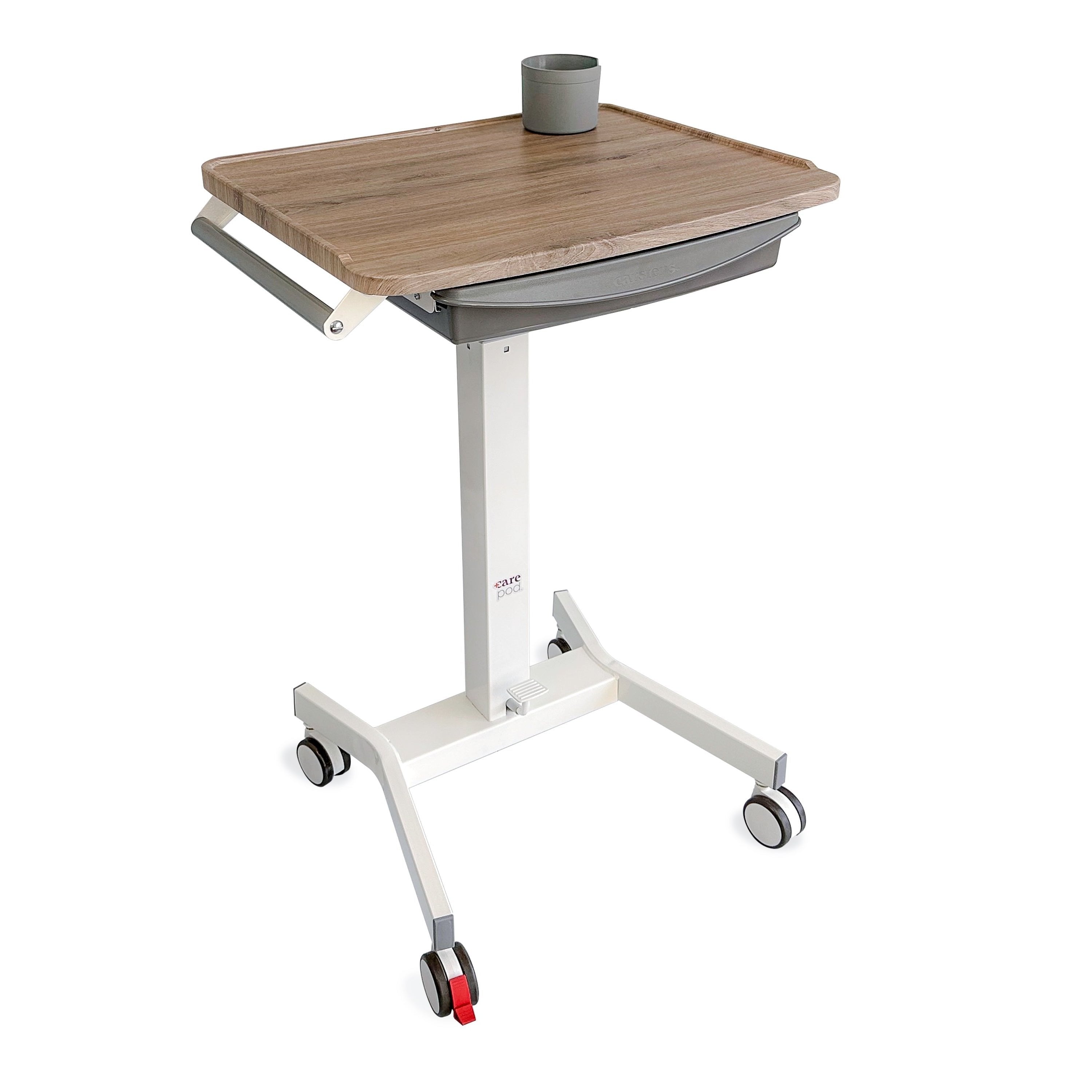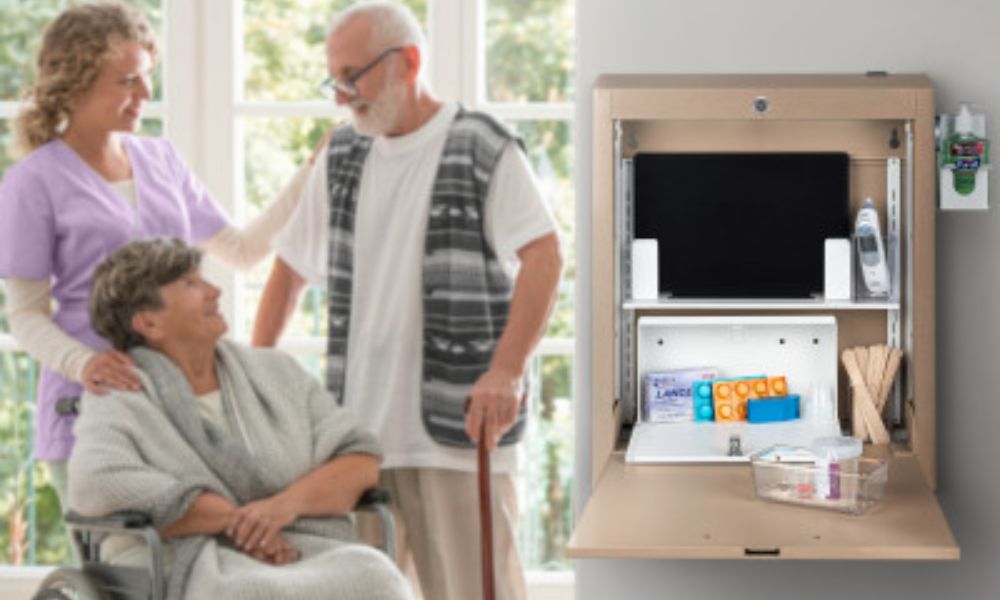Patient room design plays a critical role in the healthcare industry. As a medical professional, your priority is to ensure patients receive good care and feel comfortable during their stay. A poorly designed room can cause discomfort and reduce staff efficiency. However, transforming these rooms into well-designed spaces can enhance patient satisfaction and promote healing.
Healthcare providers must keep this in mind as they consider several factors when designing patient rooms. To give your patients the best experience and care, review these five key factors that healthcare providers should consider when designing patient rooms.
Patient Comfort
One of the most important factors to consider when designing patient rooms is patient comfort. Patients must feel comfortable during their stay to promote healing. Healthcare providers can achieve this by adding comfortable pillows, adjustable beds, and cozy blankets. Providers should also carefully adjust the room’s temperature, ventilation, and lighting to meet patient needs.
Sanitization
Medical facilities are full of patients with various conditions and illnesses, which is why picking furnishing that is durable and easy to clean is a must. Keeping patient rooms sanitized is critical in the healthcare industry. Keeping rooms clean gives patients a better environment in which to heal and lessens the risk of others getting sick. Healthcare providers must ensure patient rooms are easy to clean and disinfect. The surfaces, including the floors and walls, must made of materials resistant to bacteria and viruses.
Ease of Use
Because some patients may have limited mobility or disabilities, it’s essential to consider ease of use in patient room design. The room's layout must be designed so that it is easy for patients to reach amenities such as the bathroom and TV. It’s also important to ensure wheelchair users can easily navigate the room and use all amenities.
Privacy
Privacy is another vital factor when designing patient rooms. Patients need privacy to rest and receive medical care. Along with comfort, your patients should be able to heal in peace. Therefore, healthcare providers must ensure rooms have doors that can close, curtains that provide separation, and sound-absorbing materials that dull noise from the surrounding environment.
Safety
Patient safety is paramount in healthcare. Healthcare providers must keep various safety aspects in mind when designing patient rooms. Rooms must have appropriate lighting and easy-to-use call systems that patients can use to alert staff if required. Healthcare providers must also ensure the patient’s bed has side rails or that the patient has a medical alert system.
Patient room design is critical in the healthcare industry. Healthcare providers should consider these factors by designing rooms and spaces for patients to thrive. It would be best if you also thought about ways to help increase staff efficiency through the design of patient rooms. Providing your staff with helpful tools, such as foldable wall desks, mobile carts, and more, can help your facility ensure patient satisfaction.






